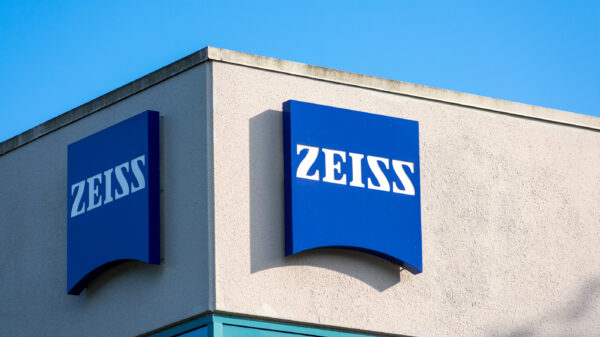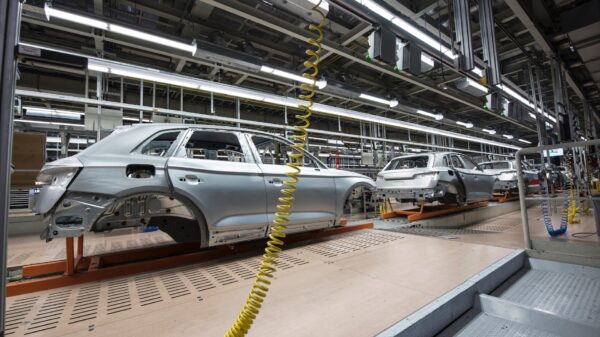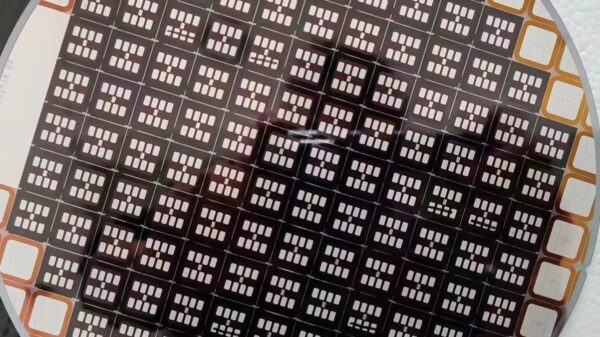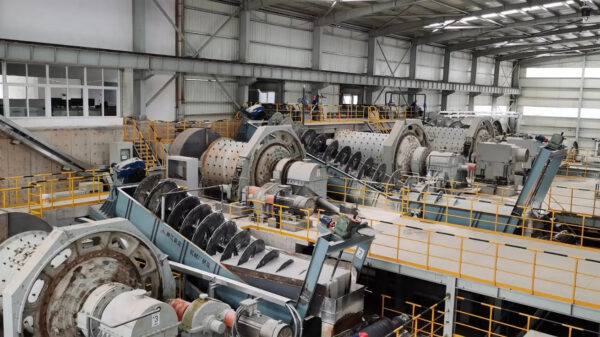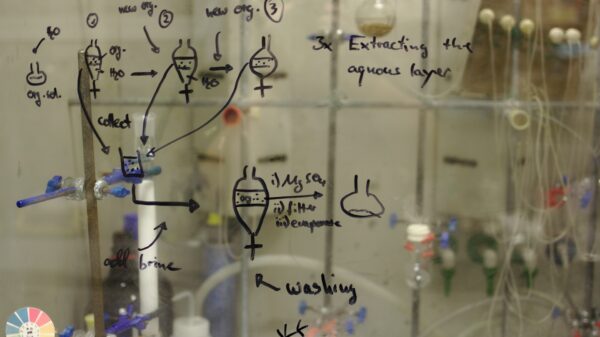We anticipate resolution of the semiconductor shortage by mid-2023, potentially followed by an excess inventory issue. The semiconductor market is presently in a downturn, with memory markets witnessing a decline in unit prices due to oversupply. Nevertheless, the automotive industry continues to grapple with semiconductor shortages, exemplified by Toyota's popular Prius model taking 18 months from order to delivery. This analysis delves into the current state of affairs across various product segments.
Global semiconductor markets have experienced negative growth for seven consecutive months, with the memory market bearing the brunt of this decline. Reduced demand for PCs and. . .









